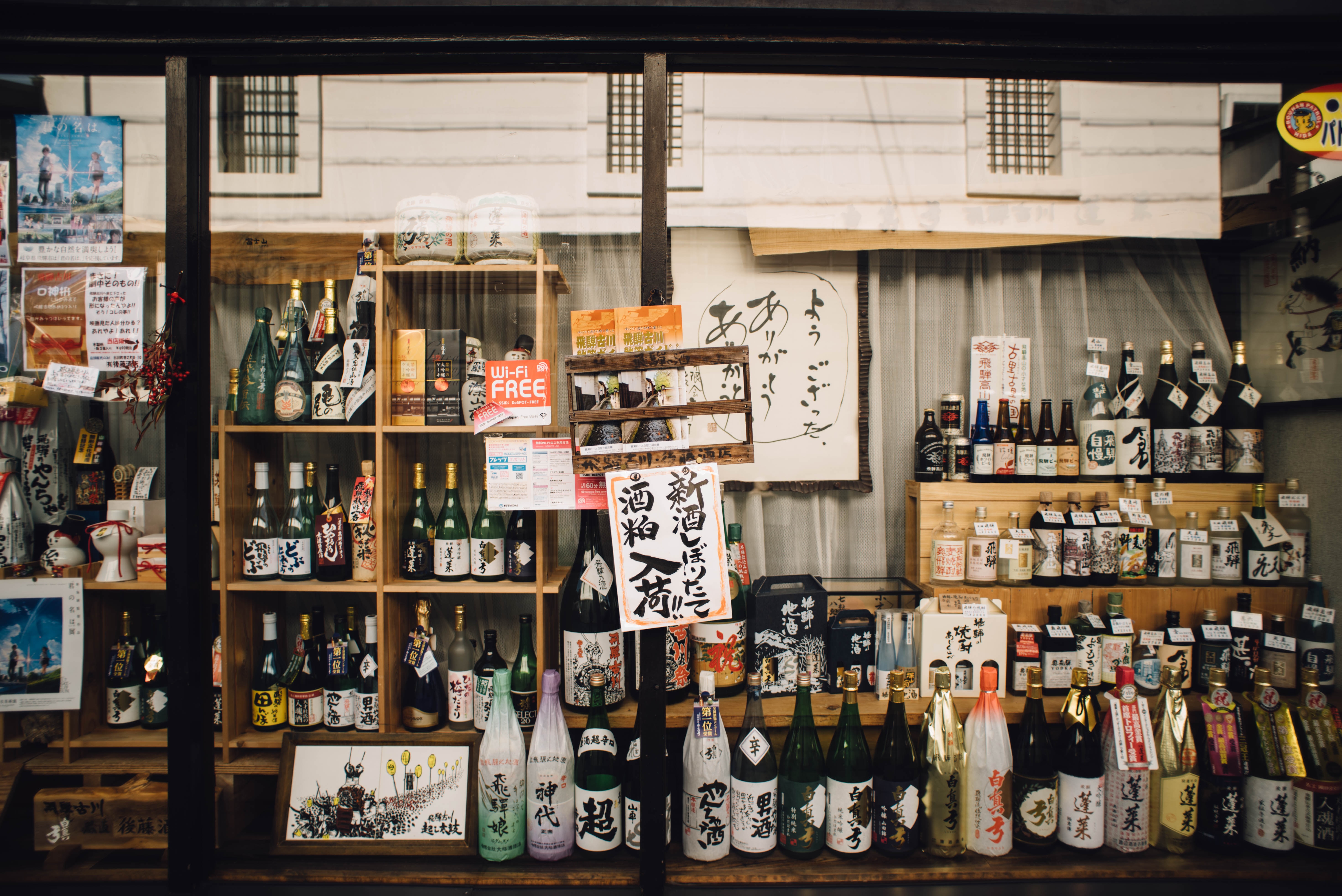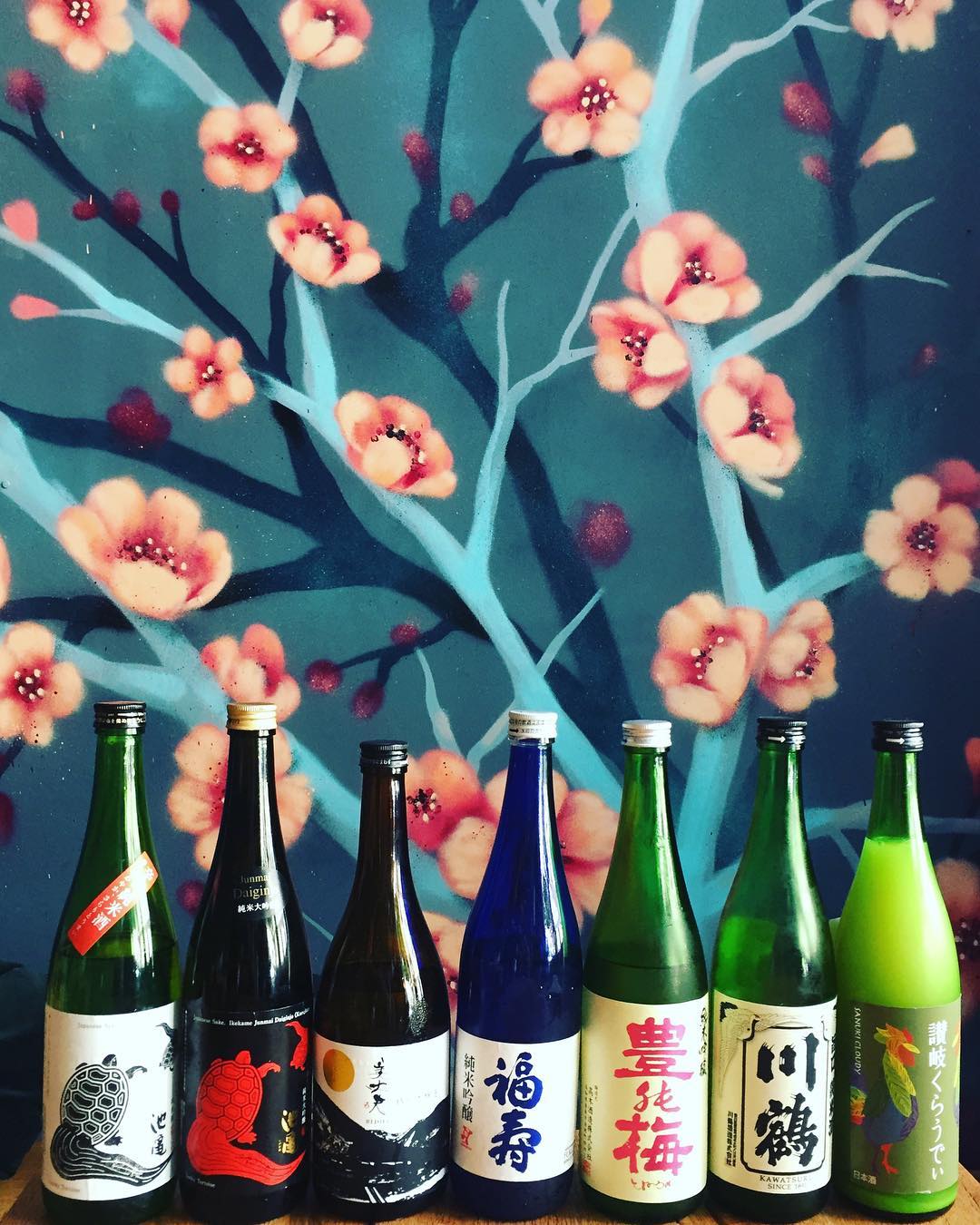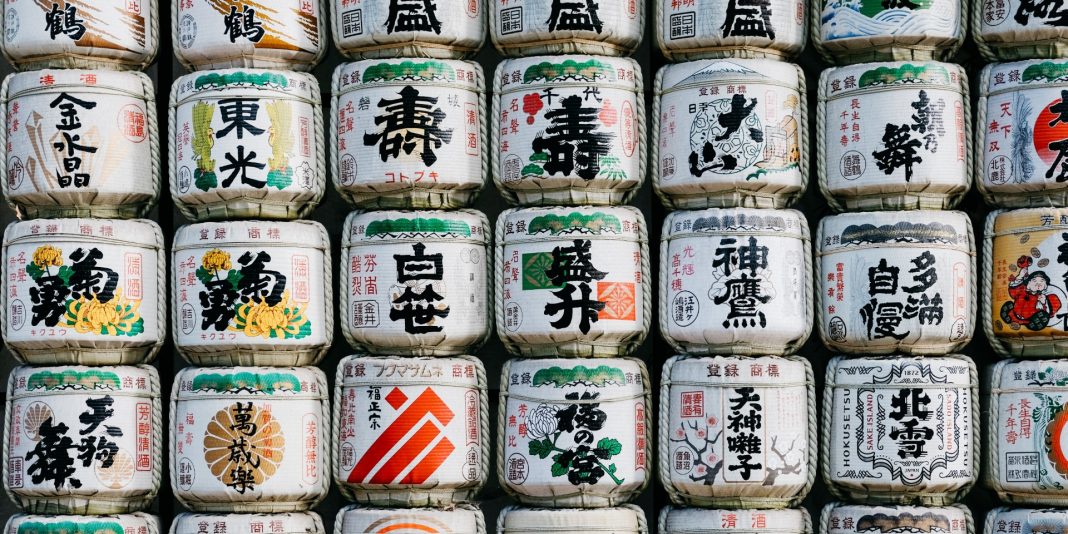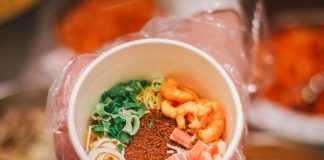I’m a teetotaller, but I make an exception for sake. Admittedly, this propensity might be due to my rose-tinted glasses more than an appreciation of the drink itself. I first tried sake on a windy winter night in Nara, Japan. Desiring to have dinner at an eatery that wasn’t another outlet of a chain restaurant found across the whole of Japan, I wandered around the alleys of Nara, deliberately avoiding the main shopping street.
It was a good—or rather, bad—forty-five minutes spent with a leaky nose and numb ears before I stumbled upon a tiny, one-woman café. Upon stepping foot into it, I felt like I was entering the kitchen of a friend. It was a small space, barely larger than a typical HDB bedroom, but that was exactly what I was looking for. (Unfortunately, as this trip took place more than five years ago, I can’t recall the name of the café, and have no idea if it is still operating today.)
The friendly proprietor noticed me shivering and offered me a glass of sake before I had even taken off my jacket. Feeling too polite to refuse it and too illiterate to explain in Japanese that I don’t drink, I took a sip. A fruity sweetness filled my mouth and I was immediately warmed from within.
That memory has stayed with me since, and whenever I drink sake now, my mind transports me back to that warm kitchen of Japanese hospitality, sheltered against the biting cold outside.
Sake, I was pleased to discover, plays a similarly ceremonial and symbolic role in the lives of Japanese people. They call “sake” “nihonshu” in their language, which means 日本酒 or “Japanese liquor”, suggesting a pride in sake’s Japanese provenance, one that distinguishes it from “ordinary” liquor.
Indeed, sake is the only alcoholic beverage to be used in many traditional Japanese festivals and ceremonies. For instance, sake is offered to Shinto gods, and is called omiki (お神酒) when used for this purpose. After the offering, omiki is drunk by propitiators to purify themselves and pray for good fortune the following year. During the New Year, a special sake called toso, which is blended with a mixture of herbs and medicines, is consumed to purify oneself of the previous year’s illnesses.
Sake even has a specific earthenware vessel in which to serve it and porcelain cup from which to drink it, called the tokkuri and sakazuki respectively.
“How did the Japanese develop such a rich tradition around sake? How did sake come about in the first place?”
The history of sake can be segmented, very roughly, into five broad phases.

The Earliest Drinks & Drunks
The first brewing of sake, as a liquor fermented from rice, naturally coincided when the cultivation of rice took root in Japan. But the first mention of sake in recorded history occurred centuries later, in a third-century Chinese history book known as the Book of Wei. In it, the author describes how the Japanese have “fondness for sake” and dancing—clearly, some practices endure across millennia and cultures.
The Japanese have their own accounts of sake drinking and brewing as well. The existence of alcoholic beverages was first mentioned in the Kojiki, a chronicle of Japan’s history that was compiled in 712. Similarly, the Fudoki, a report of ancient Japan’s culture and geography that is presented to the Japanese emperor as a sort of survey of his lands, details sake brewing methods using rice and mould stretching all the way back to the eighth century. These records tell us that sake is almost 2000 years old—or even older!
Sake Becomes Religious
Just as Trappist monasteries brew their world-famous Trappist beer within their religious grounds, so do Shinto shrines and Buddhist temples with sake. This practice started in the 10th century, and continued for the next 500 years.
In fact, these religious institutions were the main breweries of sake during this period, and were responsible for many of the modern brewing practices that are still being used today, such as pasteurisation and the multiple parallel fermentation process necessary for the rice in starch to be converted into sugar.
These procedures are recorded in Tamon-in Diary, a 15th-to-17th century diary written by abbots of the Tamon-in temple who wanted to preserve the steps of sake brewing. (This is one religious text that I would want to pore over carefully.)

The Sake Boom
The Meiji Restoration of 1868 modernised virtually the entire socio-political structure of Japan, and the brewing of sake was one beneficiary of it. During this period, the laws regarding sake brewery operation were relaxed: as long as you possessed enough capital and technical knowledge, you could open your own sake brewery.
Taking advantage of these lax laws, the number of sake breweries exploded exponentially, with 30,000 opening in just a year. Most of the successful breweries that still exist today were founded by landowners, who could use their surplus rice harvest as raw material for their sake breweries—perhaps the first Japanese conglomerates.
The dawning of the 20th century also modernised sake brewing techniques. In 1904, a sake-brewing research institute was founded by the Japanese government, which allowed advances in yeast and mould cultivation and selection. The wooden barrel in which sake was traditionally left to mature was replaced by enamel tanks, which the Japanese government promoted as more hygienic and efficient (as sake is less prone to evaporate in it). Sake was also bottled first the first time, allowing it to be transported further without spoiling.
The Sake Bust
The boom years never last. Realising how much tax revenue they could gain from the sake-brewing industry, the Japanese government started to impose an increasingly high amount of tax. From a high of more than 30,000 breweries, the number of breweries fell to around 10,000 by 1920 as they were gradually squeezed out of the industry by the high tax rate. In addition, home-brewed sake, which was then a popular pastime, was banned by the government because they rationalised that they could not collect tax from these private pursuits.
Compounding these pressures was the outbreak of World War II. The agricultural industry was devastated by the war, and rice supplies plummeted to the extent that there was a shortage of rice. The government prioritised rice as a food staple, and imposed heavy restrictions on the use of rise for sake brewing.
The silver lining of this hardship, however, is that the resourceful sake brewers of that time realised that adding pure alcohol to the sake-brewing process not only increases the output of sake, it also enhances and extracts flavours from the rice mash.

While this technique was known since the 17th century, it was only because of the scarcity of rice during the war that it began to be used on a wider basis.
For Today’s Sake
Post-war Japan experienced the same the globalisation of economies and trade everywhere. Imported beer and wine poured into Japan, and, in the 1960s, for the first time in its 2,000-year history, consumption of sake fell beneath that of beer.
Still, this statistic does not spell the end of sake. Paradoxically, because they do not have to focus on churning out huge volumes of sake, sake brewers today have the luxury of investing their time in more artisanal brewing methods, such as revitalising old fermentation recipes or simply as a means of refining the quality of their sake.
While sake consumption in Japan has decreased because of global trade, the converse holds true as well. People outside Japan (like me) who encounter sake for the first time in the 21st century have begun to develop a taste for it; correspondingly, sake exports from Japan have experienced a year-on-year increase. To keep up with burgeoning demand, sake breweries are even being set up overseas in countries like China and across Southeast Asia, Europe, and America.
For our sake—and sake’s sake—let’s hope that this 2,000-year-old tradition and liquor continues enjoying its current global popularity. To this end, keep the 1st of October free in your calendar: it’s the official Sake Day in Japan, and what better way to celebrate it than enjoying a glass of sake with your friends and family. For me, while I sip my sake, I will give silent thanks to the chef whose kitchen I shared, and who warmed me up with a glass of sake on that cold night—and also to the sake itself, which has forged this bond, if temporary, between two strangers.




